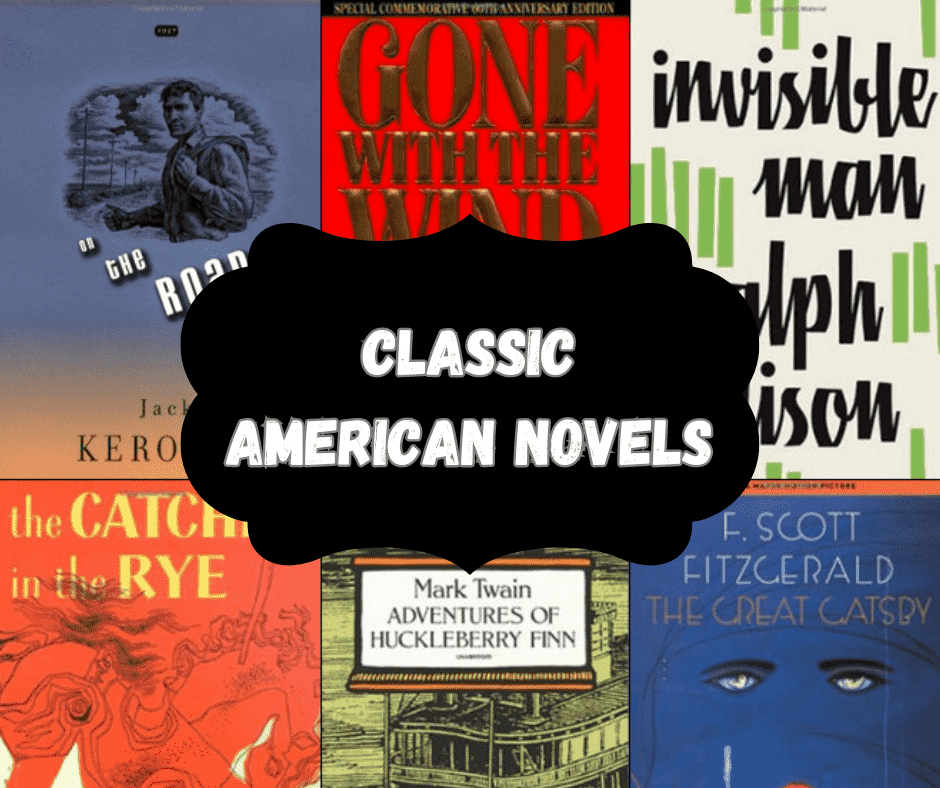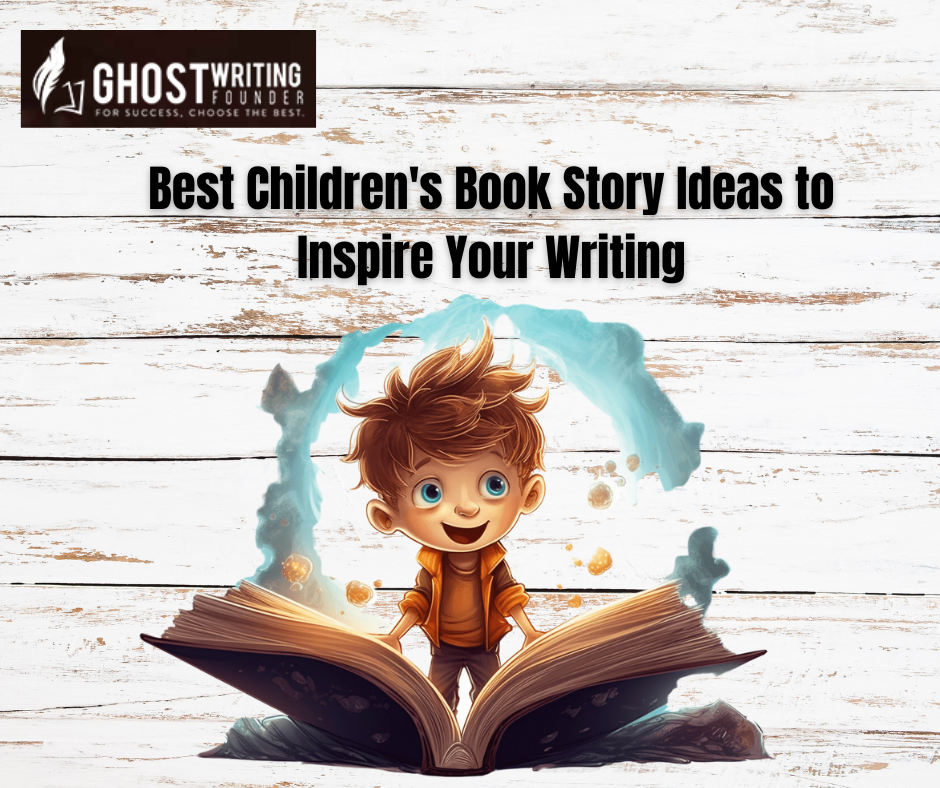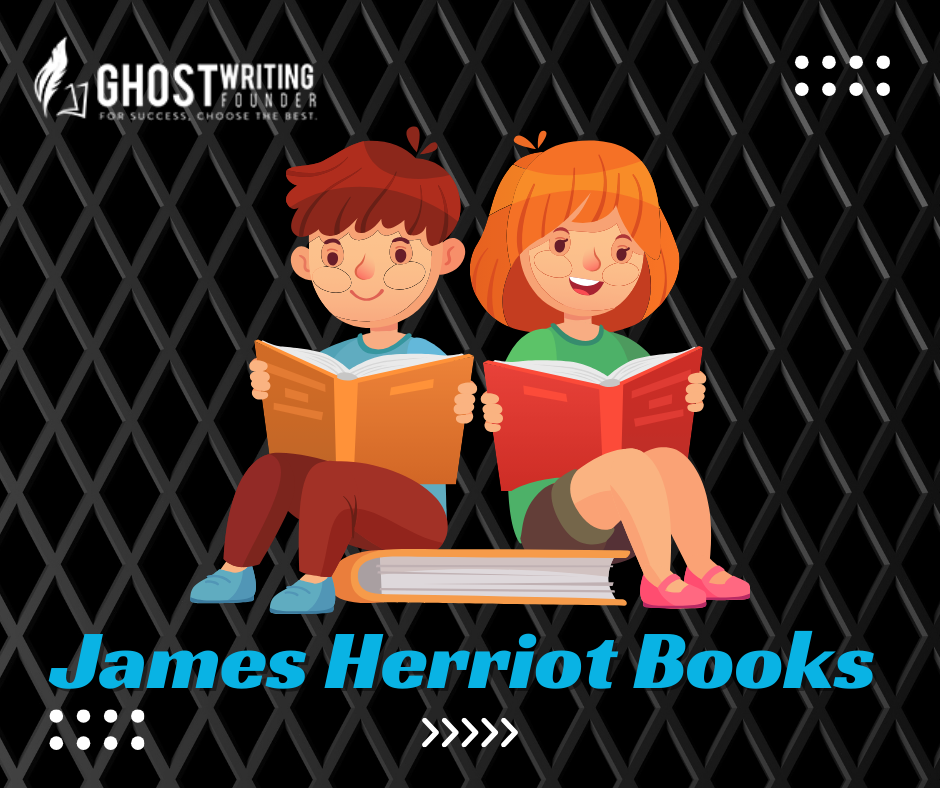
Novel
American literature holds some of the most significant works in the world. Among these are stories that have shaped not only literature but also the culture and identity of the United States.
These works capture the essence of American culture, history, and identity. They offer readers a window into the lives and times of their characters. Here are 23 classic American novels that everyone should read at least once.
1. The Great Gatsby by F. Scott Fitzgerald
Fitzgerald’s magnum opus is often heralded as one of the greatest novels ever written and highly recommended by Ghostwriting Founder writers. Set in the roaring twenties, it’s a poignant exploration of the American Dream. It captures the decadence, idealism, and social upheavals of the era. The Great Gatsby remains a staple of the book club books and the discussion of classic American novels.
2. To Kill a Mockingbird by Harper Lee
One of the masterpieces, To Kill a Mockingbird, was crafted by Harper Lee and was published in 1960.
In this book, there is more than just an engaging plot line related to the society that was so divided racially as the country of America was. It is also a tale of the moral of a higher order. This can be observed as Scout’s father, Atticus Finch, defends a black person who is trapped in the trial for raping a white lady. Lee deals with topics concerned with racial inequalities, personal growth, and the loss of naivety.
3. The Catcher in the Rye by J.D. Salinger
The Catcher in the Rye by J.D. Salinger here symbolizes the loss of a safe and innocent world.
Having been used to describe teenage angst since its release, The Catcher in the Rye is the story of a boy named Holden Caulfield. Like other young men, he has youthful zeal and strives to prove himself, discover his place in the world, and gain independence.
4. The Grapes of Wrath by John Steinbeck
Steinbeck’s The Grapes of Wrath introduces us to the issues the main characters experience during the Dust Bowl and their migration to California.
It deals with issues of poverty, inequity, and people’s striving for better prospects while reflecting the very nature of American living during the Great Depression.
5. Moby-Dick by Herman Melville
A novel of monumental depth and complexity, Moby-Dick is a vivid exploration of ambition, obsession, and vengeance. From the beginning to the end, Melville penned a novel full of thoughtful reflections in pursuit of Captain Ahab’s unyielding monomania.
6. The Adventures of Huckleberry Finn by Mark Twain
Marking Twain’s novel is a masterpiece of American high-quality satire through the adventures of Huck Finn and the runaway slave Jim. The author touches on such hard subjects as freedom, friendship, and society’s inner rules.
7. The Sound and the Fury by William Faulkner
Faulkner’s novel is a complex, stream-of-consciousness exploration of the Compson family’s decline in the American South. Through this work, Faulkner embarked on a bold writing journey that redefined narrative styles and solidified his place among the greatest authors of classic American novels.
8. The Sun Also Rises by Ernest Hemingway
A poignant narrative set against the backdrop of post-World War I Europe, Hemingway’s novel explores themes of love, loss, and the existential crisis experienced by the “Lost Generation.” With its sparse yet powerful prose, The Sun Also Rises is a seminal work that captures the disillusionment of the era.
9. Invisible Man by Ralph Ellison
Ellison’s novel is a powerful exploration of identity and race in America, telling the story of an African American man’s struggle to find his place in a society that seeks to erase him. Mixing realism with surrealism, Ellison addresses themes of freedom.
10. Light in August by William Faulkner
Another masterpiece by Faulkner, Light in August, delves into the intricacies of identity, race, and social alienation in the American South. The novel examines the profound impact of history and social conditions on personal lives through its complex narrative and deeply flawed characters.
11. Native Son by Richard Wright
Wright’s novel is a stark, unflinching look at the effects of racism and poverty in America through the story of Bigger Thomas, a young black man trapped in a cycle of violence and despair. Native Son is a provocative and challenging examination of American society and the systemic forces that shape lives.
12. Their Eyes Were Watching God by Zora Neale Hurston
Hurston’s novel celebrates African American culture, told through the story of Janie Crawford’s search for love and independence in the early 20th century. The novel’s richly poetic prose explores femininity, autonomy, and the quest for spiritual fulfillment.
13. Go Tell It On the Mountain by James Baldwin
Baldwin’s semi-autobiographical novel explores race, religion, and identity in Harlem during the 1930s. Through the story of the Grimes family, Baldwin examines the deeply intertwined relationships between personal, familial, and divine love.
14. The Portrait of a Lady by Henry James
Henry James’s ‘The Portrait of a Lady’ is a literary classic that, despite its publication in 1881, bridges the gap between contemporary fiction and the classics, taking us on a journey with Isabel Archer. She is a young American woman who affirms her desire for independence and personal fulfillment in Europe. Yet, fate has its twists and turns, leading Isabel down a path that challenges her resilience and spirit.
15. The Golden Bowl by Henry James
James’s ‘The Golden Bowl’ explores the intricacies of marriage, adultery, and morality. It centers around a complex love triangle between an American heiress, her art connoisseur husband, and his close friend.
16. As I Lay Dying by William Faulkner
William Faulkner’s ‘As I Lay Dying’ is a powerful tale of a family in crisis. The novel tells the story of the Bundren family and their quest to honor their mother’s dying wish to be buried in her hometown. Faulkner’s innovative use of stream of consciousness and Southern vernacular elevates the novel to a work of art.
17. For Whom the Bell Tolls by Ernest Hemingway
Set against the Spanish Civil War backdrop, Hemingway’s ‘For Whom the Bell Tolls’ is an epic tale of love, loss, and conflict. It follows Robert Jordan, a young American in the International Brigades, tasked with blowing up a bridge to hinder enemy forces.
18. The Grapes of Wrath by John Steinbeck
In ‘The Grapes of Wrath,’ Steinbeck creates a powerful, stark depiction of the Great Depression and Dust Bowl migration through the story of the Joad family. The novel tackles struggle, survival, and pursuing the American Dream. This makes it a critically acclaimed work and one of the important classic American novels.
19. Catch-22 by Joseph Heller
This satirical novel unveils the absurdity and horror of war through the tale of Captain John Yossarian, a U.S. Army Air Forces B-25 bombardier during World War II. Heller’s ‘Catch-22’ has gone down in history for its critical look at bureaucratic operation and reasoning.
20. Gravity’s Rainbow by Thomas Pynchon
Pynchon’s ‘Gravity’s Rainbow’ is a complex and sprawling narrative set in the waning days of World War II. It’s a tale dense with history, science, and technology themes, unraveling a plot centered on the V-2 rocket.
21. Infinite Jest by David Foster Wallace
‘Infinite Jest’ is a mammoth novel, both in size and theme. David Foster Wallace’s book discusses addiction, entertainment, and the search for happiness. It is set in a near-future society where a film is so entertaining that it can cripple viewers with addiction.
22. The Adventures of Tom Sawyer by Mark Twain
For many, Twain’s ‘The Adventures of Tom Sawyer’ is the quintessential American childhood tale. Following young Tom Sawyer’s escapades along the Mississippi River, the novel captures the innocence and excitement of youth.
23. The Scarlet Letter by Nathaniel Hawthorne
‘The Scarlet Letter’ is a monumental investigation into the themes of sin, guilt, and redemption. Set in 17th-century Puritan Massachusetts Bay Colony, the novel follows Hester Prynne, who conceives a daughter through an affair and must wear a scarlet ‘A’ as a sign of adultery.
Conclusion:
These classic American novels deliver more than just stories; they offer windows into different times and places. They challenge perceptions, inspire the imagination, and enrich our understanding of the American experience.
Whether you’re a lifelong reader or just getting started, these classics are essential reads that continue to resonate in the literary fiction guide of readers worldwide.









Leave a Reply